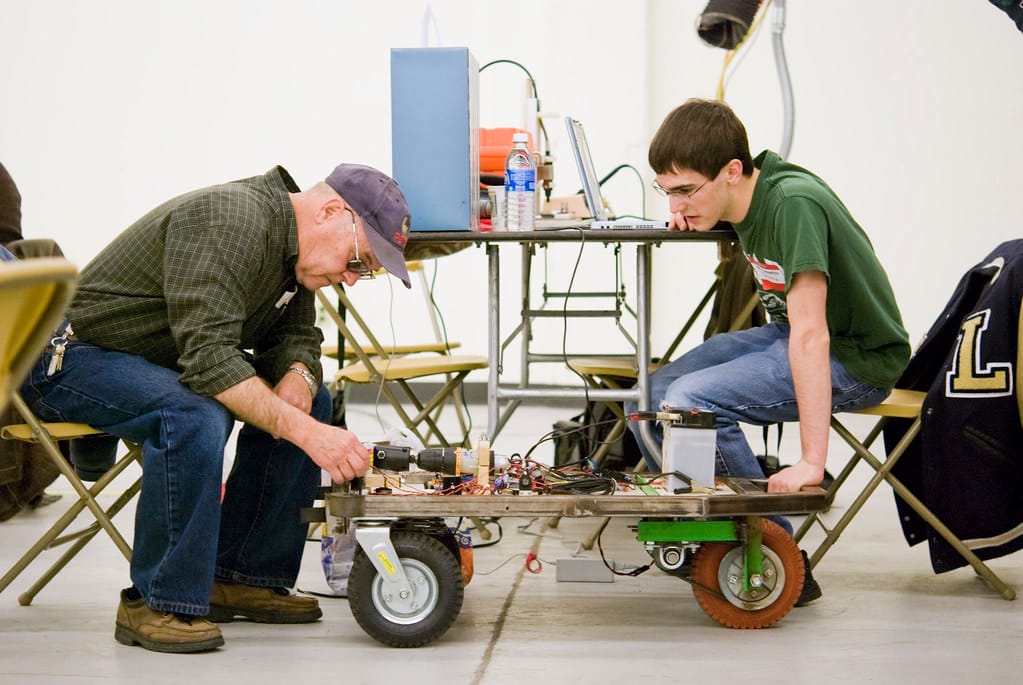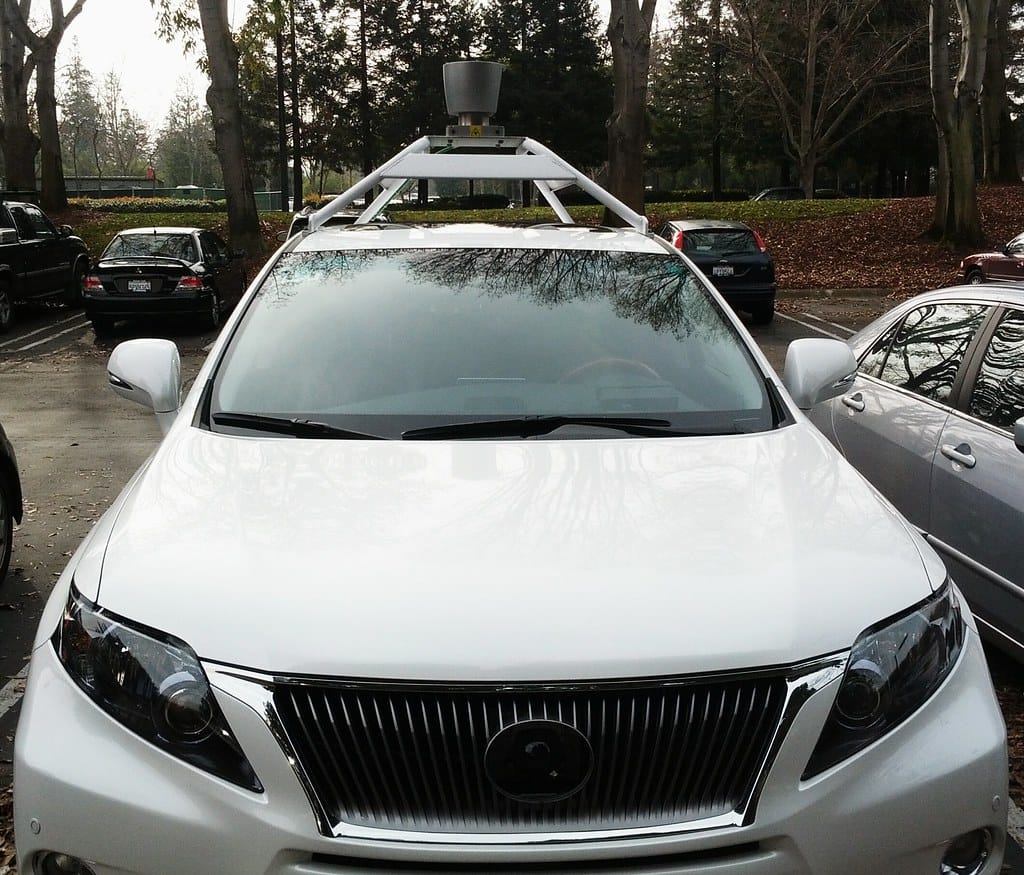Uber's Robotaxi Revolution: 20,000 Autonomous Vehicles to Transform Ridesharing by 2030
Uber is accelerating toward an autonomous future with an ambitious plan to deploy 20,000 robotaxis across major cities within the next six years. The ridesharing giant has forged strategic partnerships with electric vehicle manufacturer Lucid Motors and autonomous delivery specialist Nuro to bring this vision to life, potentially reshaping urban transportation as we know it.
The Scale of Uber's Autonomous Ambition
The announcement represents one of the most significant commitments to autonomous vehicle deployment in the transportation industry. Unlike previous pilot programs or limited trials, Uber's 20,000-vehicle rollout signals a full-scale transformation of its business model from human-driven to autonomous operations.
This massive deployment will leverage Lucid's luxury electric sedans and Nuro's specialized autonomous delivery vehicles, creating a dual-purpose fleet that can handle both passenger transport and goods delivery. The partnership combines Uber's extensive ride-hailing platform with Lucid's cutting-edge EV technology and Nuro's proven autonomous systems.
Strategic Partnerships Drive Innovation
Lucid Motors: Premium Electric Foundation
Lucid Motors brings more than just electric vehicles to the partnership. The company's Air sedan boasts industry-leading range capabilities, with some models achieving over 500 miles on a single charge. This extended range is crucial for robotaxi operations, where vehicles need to operate continuously throughout the day without lengthy charging breaks.
The luxury positioning of Lucid vehicles also allows Uber to potentially introduce premium autonomous ride categories, appealing to customers willing to pay more for a high-end, driverless experience.
Nuro: Autonomous Expertise
Nuro's contribution extends beyond hardware to include sophisticated autonomous driving software and operational expertise. The company has already completed thousands of autonomous deliveries across multiple U.S. cities, providing real-world validation of their technology stack.
Their specialized delivery vehicles will enable Uber to expand beyond passenger transport into autonomous goods delivery, creating new revenue streams while maximizing fleet utilization throughout the day.
Market Implications and Competitive Landscape
Uber's robotaxi commitment positions the company ahead of competitors like Lyft and traditional automakers in the race toward autonomous transportation. While companies like Waymo and Cruise have focused on limited geographic deployments, Uber's scale-focused approach could accelerate mainstream adoption.
The timing aligns with improving autonomous vehicle technology and increasing consumer acceptance. Recent surveys indicate that 40% of consumers are now willing to use autonomous vehicles, up from just 25% three years ago.
Challenges and Considerations
Regulatory Hurdles
The six-year timeline assumes favorable regulatory environments across deployment cities. Currently, only a handful of jurisdictions permit fully autonomous vehicle operations, and expanding these approvals will be crucial for Uber's success.
Technical Reliability
Operating 20,000 autonomous vehicles requires near-perfect reliability. Any high-profile accidents or technical failures could derail public acceptance and regulatory approval, making rigorous testing and safety protocols essential.
Economic Impact
The transition to robotaxis will inevitably affect Uber's current driver workforce. The company will need to navigate this transition carefully, potentially offering retraining programs or alternative employment opportunities within their expanding ecosystem.
Timeline and Rollout Strategy
Uber plans to begin initial deployments in select cities by 2025, with full-scale operations expected by 2030. The phased approach will allow for iterative improvements and regulatory compliance adjustments as the fleet expands.
Priority markets likely include cities with existing autonomous vehicle regulations and strong Uber presence, such as San Francisco, Phoenix, and Austin. International expansion will follow, depending on local regulatory frameworks.
The Future of Urban Mobility
This robotaxi initiative represents more than a business transformation—it's a fundamental shift in urban transportation. Success could reduce traffic congestion, improve road safety, and make transportation more accessible to individuals who cannot drive traditional vehicles.
The integration of passenger and delivery services through a single autonomous fleet also points toward more efficient urban logistics, potentially reducing the number of vehicles needed for city operations.
Key Takeaways
Uber's 20,000 robotaxi commitment with Lucid and Nuro marks a pivotal moment in autonomous vehicle adoption. While challenges remain around regulation, technology, and workforce transition, the scale and timeline suggest that mainstream autonomous transportation may arrive sooner than many anticipated. For consumers, this could mean safer, more affordable, and more accessible transportation options within the decade.
The success of this initiative will likely influence the entire automotive and mobility industry, potentially accelerating the transition away from private car ownership toward shared autonomous transportation systems.

